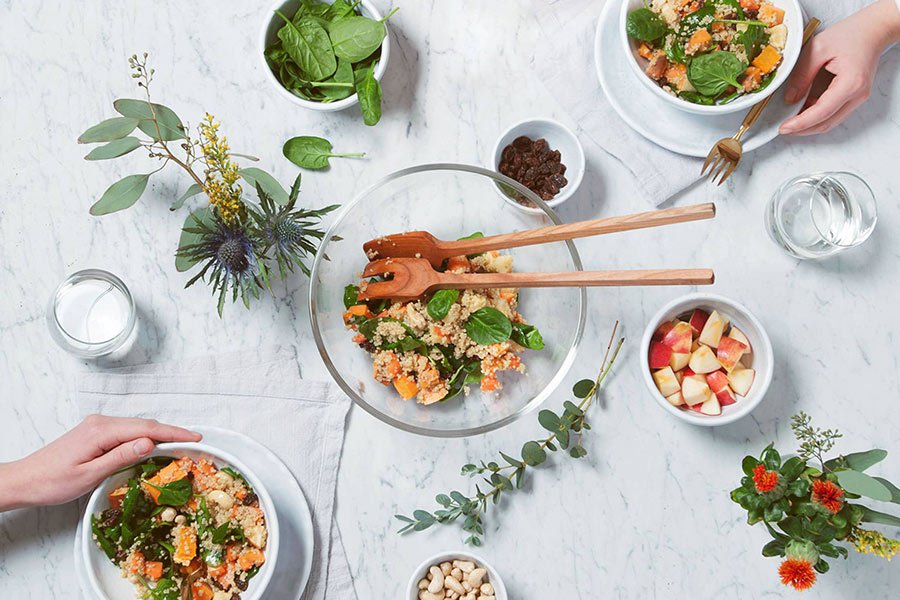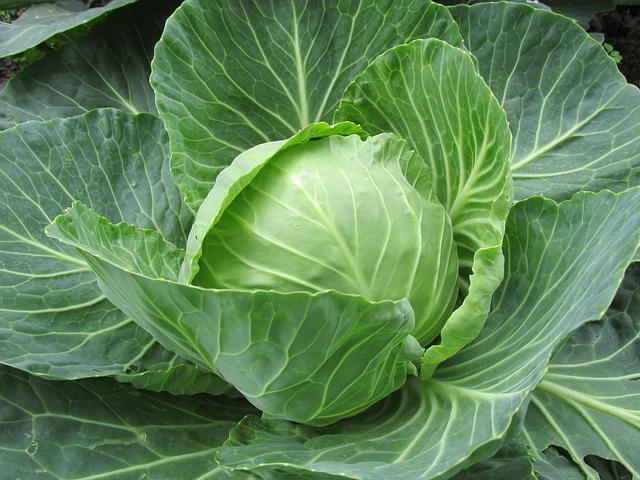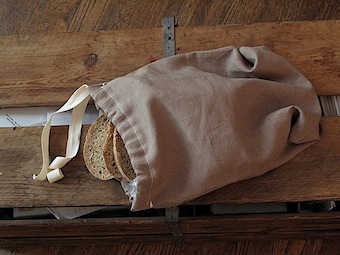
I wrote about the importance 101 of cooking skills and how Joey Delago's class explains each skill and task. I covered the application of various task-based categories of cooking skills, such as activating yeast and making stock. These skills are critical for any chef, and a list of them can help you decide which ones should be mastered and which ones to ignore. This article will cover some of these skills before you move on to the next level in your culinary journey.
Chef de Cuisine Joey DeLago's cooking skills 101 class
If you've ever wanted to learn how to cook like a professional, Chef de Cuisine Joey DeLago'S cooking skills 101 class can teach you the basics. This class will teach you the basics of cooking multi-course meals in a short time. Joey will offer tips and tricks on how to plan, prep, time, present, and more. Plus, you'll be able to share your finished meal with other home chefs!
Skills in cooking that are task-specific
The Food Agency defines cooking skills as a set of knowledge, skills, and practices that facilitate a nutritious diet. This framework recognizes many barriers to healthy diets lie in the environment. But it focuses primarily on encouraging food skills through the implementation of appropriate measures. These measures should be easy-to-understand, can relate to other domains, be applicable across many sociodemographic levels. These four categories aim to address some the most pressing problems in the field of food skills.

Activating yeast
You will need to know how activate yeast if you want to use it in your cooking. To activate yeast you can warm tap water and run a bit of hot water through. Sometimes, you might need to add sugar or water. These are some helpful tips to activate your yeast. Once your yeast is bubbly, it's ready to be used. For baking success, activating yeast is an essential step.
Stocktaking
Stocks can add flavor to your meals and provide depth to the dish. Stocks made at home can include the flavors of meat, vegetables, and fish. They can also be Western or Asian in origin. While you can make your own stock using bottled water, it is better to use the filtered water available at the grocery store. There are many stock recipe options, but it is important to know the basics to ensure your stock tastes as good as possible.
Whipping cream
Whipping cream can be used to decorate cakes and other desserts. This classic dessert is simple to make but you need to be careful. While it looks like slightly melted ice cream, it's not. Whipping cream shouldn't have a lumpy consistency. It should be fluffy and slightly curled. You can also make soft peaks by beating the cream with a spoon until it holds its shape and does not slack off.

Melting chocolate
Learn how to melt chocolate if you are looking to make delicious desserts. This is a complex task. We have some tips that will help you speed up the process and make sure it's done correctly. You must first know the right technique. There are two methods to melt chocolate. The microwave and double boiler methods. Double boiler method involves using a heatproof bowl or pan with a glass or stainless steel bottom nestled over a saucepan of simmering water. This method should not be used quickly and the water should not get into the bowl.
FAQ
What are the health benefits of slow cooking?
Slow cookers can be very helpful because you can prepare delicious meals quickly. Slow Cooker Recipes are often healthier than traditional recipes because they require less oil and fat. Because they cook for you while you sleep, slow cooker recipes can be convenient.
How Long Does It Take to Be a Chef? What's the average career path for a chef?
Becoming a chef takes approximately five years. You will be able to learn basic cooking techniques as well as gain practical experience working in a kitchen. You can apply for line, sous or executive chef positions after you complete your training. The salary range for a chef is between $25,000 to $60,000 per annum.
What skills are required to enter a culinary school?
To become a chef, you must be able to cook well, work under pressure, and understand food safety regulations. To learn how to cook, you should take cooking classes at your local high school or community college. After you have learned the basics, you can apply for jobs in a restaurant or catering business.
Who is the best path to a career in chef work? How do I get started as a chef?
As an apprentice, you can start your journey to becoming a chef. Apprenticeships give you the opportunity to work for many years without having to pay tuition fees. You can apply to become a sous-chef after you have completed your apprenticeship. Sous chefs are responsible for supervising cooks and helping them prepare salads or desserts. They also oversee the entire operation of the restaurant.
Is it possible to be self-taught?
Yes, you can be a self-taught cook! Cooking is one of those things that everyone loves doing, whether they know how to do it or not. If you are interested in learning how to cook, start cooking at home. Start small, like making pancakes for breakfast or spaghetti sauce for dinner. You can learn the most by trying new recipes and making mistakes. You might even make some mistakes.
Cooking can take anywhere from a few hours to several months depending on the skill level. Remember that cooking is not about following recipes. There are many different ways to prepare food, so if you have an idea in mind, go with it.
Statistics
- You'll be amazed that over 90% of CIA students receive scholarships and grants to finish their culinary studies. (ischoolconnect.com)
- under 10 Kids have been taught that there is special food just for them, and Fiese says that 10 percent of kids will throw a tantrum if they don't get the food they want. (washingtonpost.com)
- On average, chefs earn $58,740 a year, according to the BLS. - learnhowtobecome.org
External Links
How To
How to make a perfect eggroll
Omelets is one of my favourite breakfast foods. But how do you make them perfectly? I have tried many different recipes and methods, but none of them work. So I am sharing some tips and tricks today to help you make fluffy, delicious omelets every morning.
First, eggs can be very temperamental ingredients for making omelets. It is important that eggs are fresh from an organic market and kept cool until used. You must keep them cool enough to allow the whites to form properly and the yolks to become too runny if they're not kept at the right temperature. Your omelets will look strangely colored if this happens. If you want to make omelets right away, it's best not to use eggs that are too cold.
Another tip is to separate each egg before adding them to the saucepan. You don't want any white to get mixed up with the yolk because this could cause the omelet to curdle.
If you add the egg directly onto the stovetop, you might end up burning the bottom part of the egg, which would ruin the texture of your omelet. Instead, put the egg in the microwave for 10 seconds before putting it into the pan. The microwave heat is sufficient to cook the egg without overcooking.
Next, let’s talk about mixing the egg. When you mix eggs together, you want to beat them well. You need to turn the bowl of the mixer upside down. Next, shake the bowl vigorously. The egg will be thoroughly mixed in the bowl as the air is whipped.
Now comes the fun part - pouring the milk into the mixture. Pour half the milk into the beaten egg mixture and then fold in the eggs. Do not be alarmed if there are still egg streaks visible. Once the omelet flips, these streaks will disappear.
After you have done folding the eggs, heat the pan on medium heat. The oil will start to smoke. Add 1/4 cup butter to the oil and swirl it around to coat all sides of the pan. Open the lid and sprinkle salt on the pan. Salt will prevent the omelet sticking to the pan.
Once the omelet has formed completely, cover the pan and let it set for a few minutes. Flip the omelet upside down or with a spatula. Cook the second side for a minute or so. Take out the omelet and place it in a bowl.
This recipe works best using whole milk. Skimmed milk is also possible.